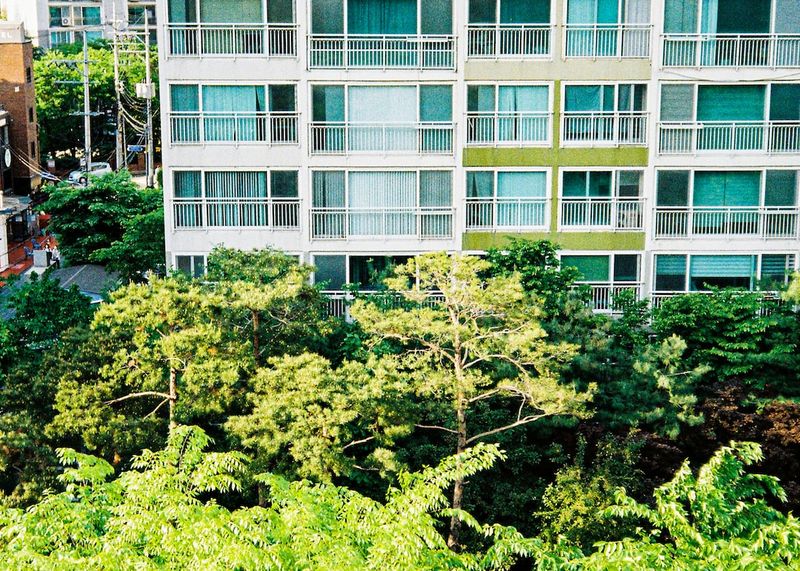Table of Contents
Do Cities and Nature Exist at Odds?
On the surface, it may appear that nature and cities are in opposition to each other. In our urban environments, we often feel the need to escape to connect with nature, seeking respite from the chaos and noise of metropolitan life. We view nature as a destination, a place separate from our daily routines. However, the reality is that nature does not cease to exist where cities begin. It is an integral part of every city, intertwined with our lives and surroundings.
Cities are not desolate concrete jungles devoid of nature. They are vast habitats where different forms of life depend on one another. In fact, cities are ever-evolving ecosystems where we come together to coexist. Nature is present in the air we breathe, the rivers that flow through our urban landscapes, and even in the food we consume. It can be found in the breeze passing through an open window and in the cheerful voices of children playing outside. Birds singing in the park and the melodies of a busker on the morning commute remind us that nature permeates every corner of our cities. Rainfall nourishes our surroundings, and our instinct to stay connected with the environment keeps us aware of our place within it.
Challenges and Opportunities
However, many cities have been designed in a way that prioritizes concrete and automobiles over people-focused transport and urban planning. They favor private spaces over public ones and systems that serve the interests of a select few rather than the well-being of the entire population. These choices attempt to impose upon and dominate nature, but life always finds a way to resist.
Similar to a flower breaking through asphalt, communities on the outskirts of cities are fighting for their rights to be a part of the urban landscape, demanding safe and stable housing. This resistance is spontaneous, like a river breaking its banks, or a crowd of protesters overflowing the streets. Cities are not constructed solely by some to be occupied by others. Instead, they constantly evolve and rebuild from within, shaped by the communities that call them home. It is in these communities and their collective efforts that cities truly come alive.
Shining a Light on Urban Justice Initiatives
In celebration of Urban October, Greenpeace’s Urban Justice campaign aims to highlight the work of communities worldwide striving to create safer, cleaner, and more resilient cities. These cities, built with the active inclusion of historically marginalized individuals like waste picker Flor Alba García and community activist Cecep Supriyadi, become havens where all voices are heard, and collective power transforms urban spaces into just, green, and resilient environments for all.
Flor Alba García, a waste picker in Bogota, has not only contributed to reducing pollution from waste but has also fought for the dignity and recognition of her profession, as well as that of the nearly 60,000 waste pickers in Colombia. Similarly, Cecep Supriyadi and his community in Jakarta have resisted to defend their right to decent housing and clean air.
Striving for Just, Green, and Resilient Cities
As we commemorate Urban October, it is crucial to acknowledge and support the efforts of these communities and individuals who are championing urban justice. They demonstrate that cities should not push nature out but rather embrace it as a central pillar of life. By including diverse voices and lived experiences, cities can transform into spaces that prioritize justice, sustainability, and the well-being of all their inhabitants.
It is essential for urban planning to prioritize green spaces, sustainable transportation, and the preservation of natural elements within the city fabric. By doing so, cities can foster a stronger connection between people and nature, promoting physical and mental well-being. Additionally, urban policies must ensure that all communities have access to safe and secure housing, clean air, and other essential resources. Only through an inclusive and environmentally conscious approach can cities truly become sustainable, just, and resilient for both present and future generations.
Join the movement for urban justice and contribute to the creation of cities where nature and humanity thrive hand in hand.

<< photo by BBiDDac >>
The image is for illustrative purposes only and does not depict the actual situation.
You might want to read !
- The Urgent Need to Banning Facial Recognition: Protecting Privacy and Freedom
- The Failing Measures: Beijing’s Escalating Efforts to Silence UN Critique
- Global Analysis: X’s Controversial Policy Raises Concerns over Privacy Violations for Millions
- Rallying for Change: Global Climate Protests Demand a Fossil Fuel-Free Future
- The Power of the People: How Activism is Transforming the Fight Against Air Pollution
- Protesting for Change: From the Arctic to the Amazon
- Activists Fight Against Destructive Deep Sea Mining off Mexico’s Pacific Coast
- From the Air: Examining Spain’s Top 10 Environmental Challenges
- The Rise of Post-GDP Societies: Embracing Alternatives for a Sustainable Future
- The Resilience of Sanyang: Insights from Barry, Owner of a Local Lodge